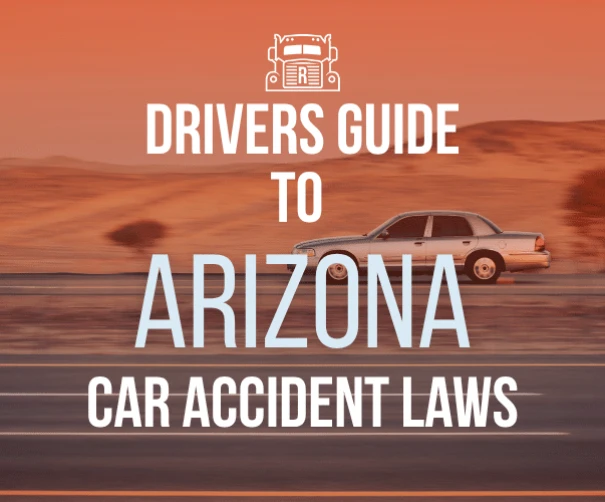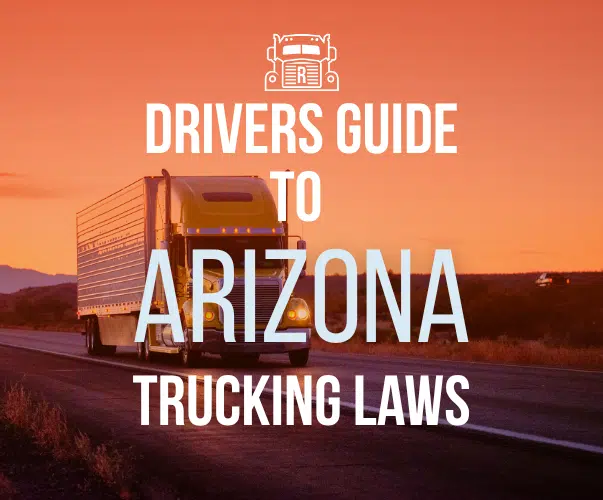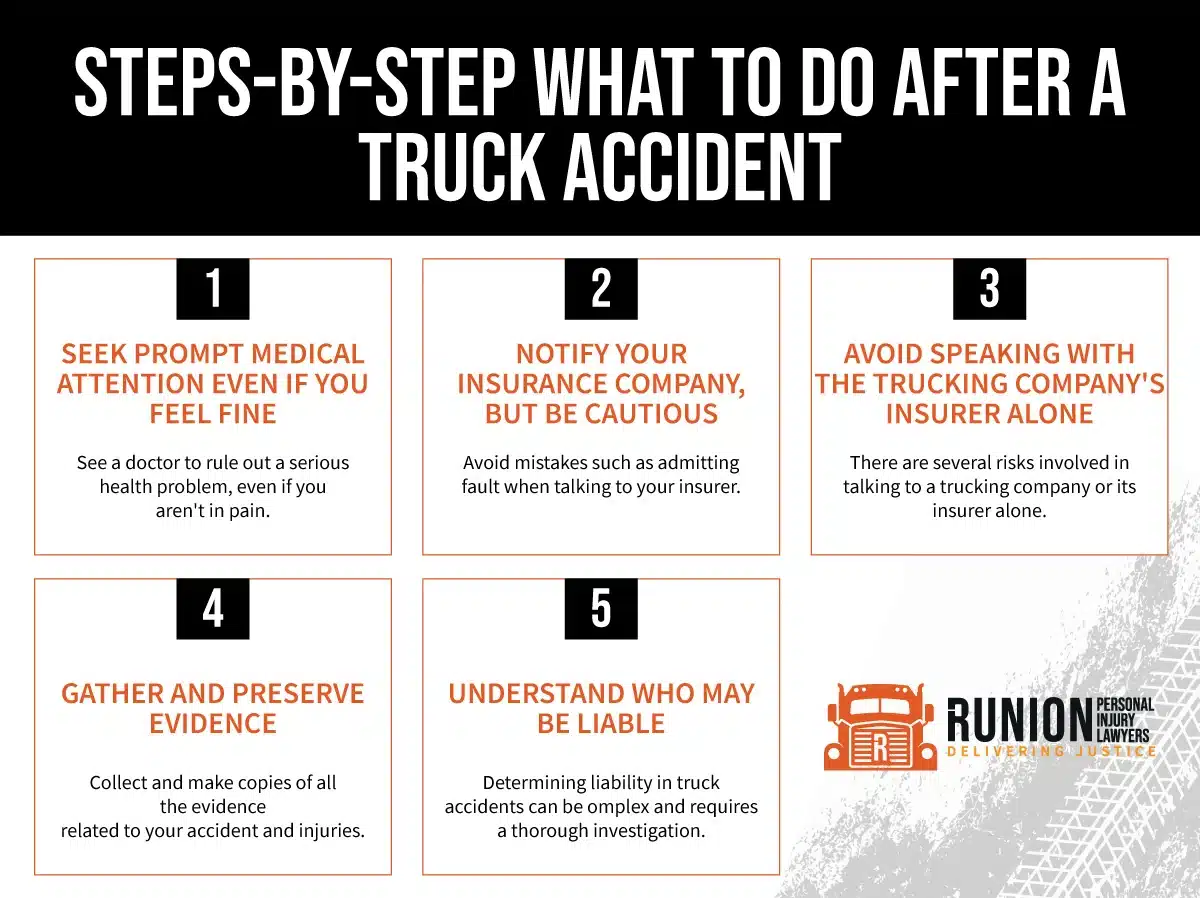What Is Pure Comparative Negligence?
Pure comparative negligence is a legal doctrine that gives plaintiffs the ability to recover damages, even when they’re partially responsible for an accident. However, the amount of recovery is reduced by the percentage of fault attributed to them. In other words, pure comparative negligence is a system where compensation is awarded proportionally to each party’s degree of liability. For example, if you’re 99 percent at fault for your injuries, you can still receive one percent of the damages in Arizona. This differs from modified comparative negligence and contributory negligence, which are legal doctrines held in other states. We’ll take a closer look at each of these.
Arizona's Comparative Negligence Rule
Arizona follows a comparative negligence rule for personal injury cases, as outlined in A.R.S. § 12-2505. In proceedings, courts and insurers will assign a percentage of fault to each party. This percentage will then reduce the amount of recovery.
For instance, if the court determines that you are 30 percent responsible for your injuries in an accident, a compensation award of $100,000 would still allow you to secure $70,000 under Arizona’s comparative negligence rule.
Other Types of Negligence Laws (And Why Arizona Is Different)
Modified Comparative Negligence
Modified comparative negligence rules hold that individuals can only recover damages if they are 50 percent or less at fault (in some states) or less than 51 percent at fault (in others). If your share of fault meets or exceeds the threshold, you may be barred from recovering compensation.
Contributory Negligence
Contributory negligence is a strict doctrine that states that plaintiffs may not receive any compensation if they contributed to their own injuries. In the states that follow this system, being even one percent responsible for an accident can bar a plaintiff from recovery.
Arizona’s pure comparative negligence system is more favorable to injured parties, which makes it easier to pursue compensation after an accident.
Impact of Pure Comparative Negligence on Your Arizona Personal Injury Claim
Although pure comparative negligence laws are generally more favorable than other, stricter doctrines, they can still significantly reduce your compensation based on your share of fault.
Reduction of Damages
Based on A.R.S. § 12-2505, the amount you can secure from a personal injury claim will depend on your percentage of fault. The more you are found liable for the accident, the less you will be able to recover. The court and insurers will calculate a final award based on fault. This also applies to wrongful death cases, where the deceased may have contributed to their own fatal injuries.
Negotiations
The percentage of fault plays a critical role in settlement discussions. If it’s clear that the other party contributed more to the accident and your injuries, it’ll be much easier to argue for a higher settlement.
Strategic Importance
Given the unique nature of Arizona’s negligence laws, it’s essential to have an attorney who can effectively advocate on your behalf. A skilled lawyer can present evidence to minimize your share of fault and show that the other party was primarily responsible for your injuries.
Exceptions To Comparative Negligence in Arizona
Arizona recognizes several exceptions to the comparative negligence rule. For instance, in cases of intentional harm or gross negligence, these rules may not apply in the same way. When the other party’s actions were deliberately or extremely reckless, the court may bypass comparative negligence laws and hold the defendant fully responsible for the injury.
Additionally, state statutes can modify or override the standard rule for negligence in other circumstances, including the following:
- Comparative fault may not reduce recovery in some strict liability cases, depending on how the court applies the law in product liability matters.
- Dram shop laws, which deal with liability for over-serving alcohol under A.R.S. § 4-311, have their own fault thresholds and may not apply pure comparative fault in the same manner as general negligence cases.
- In workers’ compensation cases, if a third party is involved in an on-the-job injury, workers’ comp benefits and statutory subrogation rights may influence how liability and recovery are calculated.
Contact an Experienced Personal Injury Lawyer for Help
If you have been hurt in an accident, whether it was an auto collision or a slip and fall, know that you’re not alone. At Runion Personal Injury Lawyers, our dedicated and knowledgeable attorneys can help with your case from start to finish.
We understand Arizona’s complex legal landscape, including negligence laws and the statute of limitations, and can navigate your claim to ensure success. Do not hesitate to contact us today for more information and to schedule an initial consultation.







